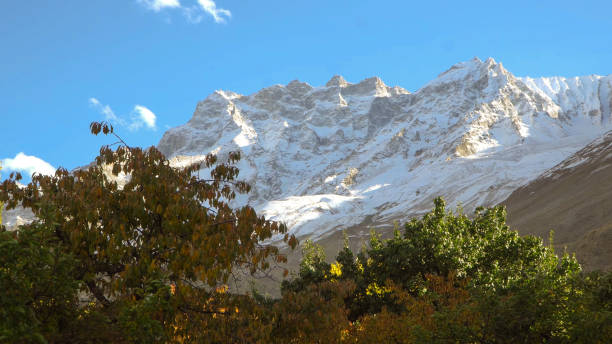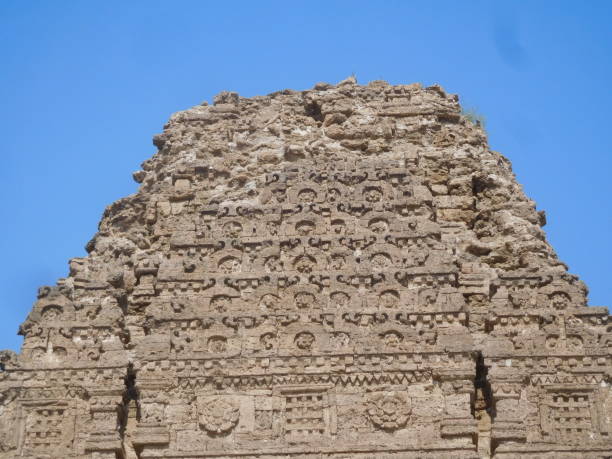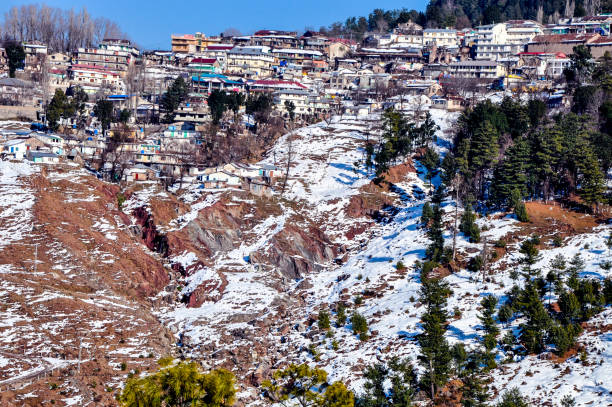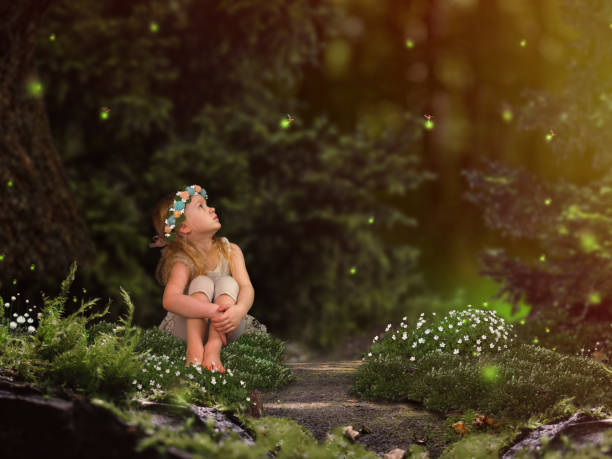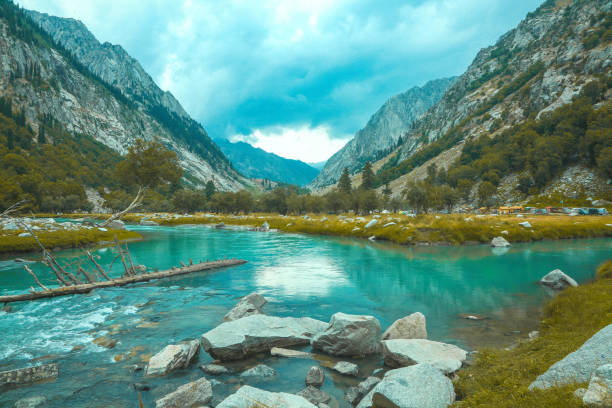Hunza Valley:
A Himalayan Paradise of Natural Beauty and Cultural Richness
Nestled in the rugged embrace of the Karakoram Range, in the Gilgit-Baltistan region of Pakistan, lies the enchanting Hunza Valley. This remote and pristine corner of the world, often referred to as “Shangri-La” or “Heaven on Earth,” captivates visitors with its breathtaking landscapes, rich cultural heritage, and warm hospitality. In this comprehensive exploration of Hunza Valley, we will delve into its geography, history, attractions, culture, and the unique experience it offers to travelers.
A Geological and Geographical Wonder
Hunza Valley is renowned for its dramatic and awe-inspiring geography. It is surrounded by some of the world’s highest peaks, including Rakaposhi, Ultar Sar, and the imposing Hunza Peak. The valley is also home to Pakistan’s crown jewel, the awe-inspiring K2, the second-highest peak on Earth.
The Hunza River flows through the valley, giving life to the fertile terraced fields and orchards that cling to the steep mountainsides. These fields yield an abundance of fruits, including apricots, apples, cherries, and mulberries. The terraced landscape is a testament to the ingenuity of the local people, who have carved out a sustainable and productive agricultural system in this challenging terrain.
Hunza Valley’s pristine beauty is further enhanced by glacial rivers, crystal-clear lakes, and lush forests that create a diverse and awe-inspiring natural tapestry. The region offers travelers opportunities for hiking, trekking, and mountaineering, making it a dream destination for adventure seekers and nature enthusiasts.
A Glimpse into the Historical Riches
The history of Hunza Valley is as captivating as its geography. The valley has been inhabited for over a thousand years, and its heritage is steeped in traditions and historical significance.
1. Altit Fort:
Located in the town of Altit, this centuries-old fort is a historical treasure trove. It houses a museum that showcases the rich history of the region, its royal families, and the evolution of the local culture.
2. Baltit Fort:
Perched on a hilltop in Karimabad, Baltit Fort is another architectural marvel that provides insight into the history of Hunza Valley. It offers spectacular panoramic views of the surrounding landscapes.
3. Ganesh Village:
Just a short drive from Karimabad, Ganesh Village is known for its centuries-old rock carvings that depict sacred animals and other symbols. These carvings provide glimpses into the valley’s ancient traditions and spiritual beliefs.
4. Duikar Valley:
This scenic spot offers stunning panoramic views of the surrounding peaks, including the mighty Nanga Parbat. It’s a favorite destination for those who appreciate the grandeur of the Himalayas.
The Warm and Hospitable People
One of the most remarkable aspects of Hunza Valley is its people. The local residents are known for their warmth, hospitality, and strong sense of community. The predominant ethnic group is the Burusho, and their unique language, Burushaski, is one of the world’s language mysteries, as it is not related to any other known language.
The Hunza people are renowned for their longevity and good health. Their traditional diet, rich in organic and locally grown produce, as well as the pure glacial water from the surrounding mountains, is believed to contribute to their well-being. Visitors often find the Hunza people’s warmth and friendliness to be a highlight of their travel experience.
Attractions that Amaze and Inspire
Hunza Valley offers a wide range of attractions that cater to diverse interests. Whether you are a nature lover, a history buff, an adventure seeker, or a cultural explorer, you will find something that resonates with you.
1. Attabad Lake:
This stunning turquoise lake was formed relatively recently due to a massive landslide. The lake is surrounded by jagged cliffs and provides the opportunity for boat rides, photography, and a serene ambiance.
2. Rakaposhi Base Camp:
The trek to Rakaposhi Base Camp is a favorite among trekkers and mountaineers. The view of Rakaposhi’s towering summit is a reward for those who make the journey.
3. Hussaini Suspension Bridge:
Often called the “most dangerous bridge in the world,” this swinging suspension bridge provides an adrenaline rush for thrill-seekers. It is also a critical means of crossing the Hunza River for local villagers.
4. Passu Cones:
The Passu Cones are a group of stunning, jagged peaks that create a unique and dramatic landscape. They are a favorite subject for photographers and offer hiking opportunities.
5. Borith Lake:
Nestled amid the surrounding peaks, Borith Lake is a serene destination for those looking to relax and enjoy the tranquility of nature. It’s an excellent spot for birdwatching as well.
6. Tupopdan (Passu) Glacier:
For a true glacial experience, a trek to Tupopdan Glacier is a must. It offers the chance to explore one of nature’s most awe-inspiring creations.
7. Local Bazaars:
The bustling bazaars of Karimabad offer a chance to interact with locals, purchase handicrafts, and sample traditional cuisine. Don’t forget to try apricot-based products, a local specialty.
8. Eagle’s Nest Viewpoint:
Perched high above Karimabad, the Eagle’s Nest viewpoint provides some of the most breathtaking panoramic views of the surrounding mountains, including the majestic Rakaposhi.
The Mystique of Hunza Culture
Hunza Valley’s culture is a blend of tradition and modernity. The people maintain their cultural practices, yet the valley is not untouched by contemporary influences. The centuries-old customs and rituals, such as the local dance forms and festivals, continue to be celebrated, giving travelers a unique opportunity to experience the rich tapestry of this society.
One of the most celebrated festivals is the spring festival of Jashn-e-Baharan, which welcomes the arrival of spring and is marked by music, dance, and local traditions. The festival showcases the vibrant and colorful side of Hunza culture.
The people of Hunza are known for their unique music and dance traditions. The traditional Hunza music, accompanied by instruments like the duff and surnai, is an integral part of their culture. The rhythm and melodies are often used to express themes of love, nature, and daily life.
Preserving the Natural and Cultural Heritage
While Hunza Valley’s natural beauty and cultural richness are its main attractions, they also present challenges for preserving the region’s heritage and environment. With increased tourism and development, there is a need to balance conservation with access.
Efforts are being made to protect the valley’s environment and cultural heritage. Initiatives focus on sustainable tourism practices, ensuring that the local economy benefits from tourism, while also protecting the fragile ecosystem.
Conclusion
Hunza Valley is a paradise that captivates the heart and soul. Its majestic peaks, lush valleys, rich history, and warm hospitality make it a destination that remains etched in the memory of those who visit. The valley’s diverse attractions, from dramatic landscapes to ancient fortresses, are complemented by the vibrant culture and traditions of the local people.
Hunza Valley’s enduring mystique, a blend of natural beauty and
cultural heritage continues to beckon adventurers, trekkers, history enthusiasts, and anyone seeking a genuine connection with one of the world’s most extraordinary places. As you explore the enchanting streets of Karimabad, gaze at the grandeur of Rakaposhi, or share stories with the people of Hunza, you will find yourself immersed in an experience that is both unforgettable and inspiring.
